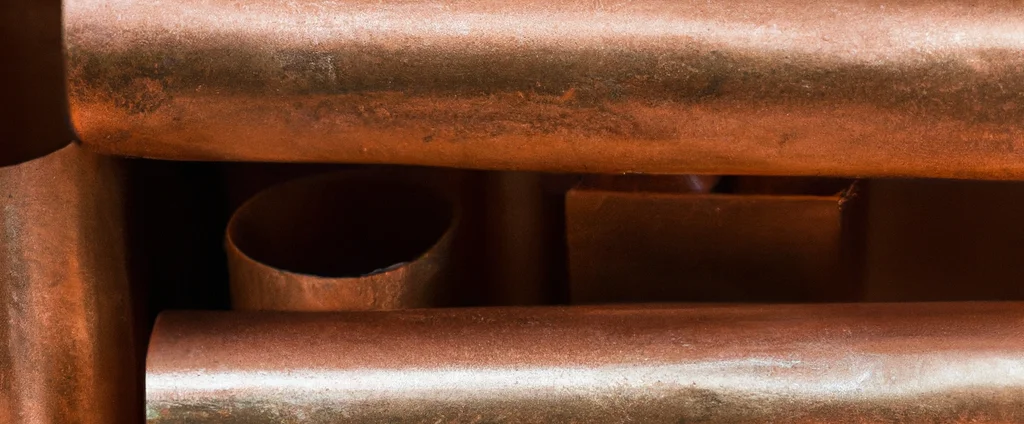Yellow Brass (UNS C27200)

Yellow Brass C27200 is a copper-zinc alloy prized for its superior machinability, corrosion resistance, and antimicrobial properties. Commonly used in plumbing systems, electrical components, and marine hardware, it combines durability with excellent formability.
| Chemical Composition | ||
|---|---|---|
| Element | Min | Max |
| Copper | 62.0% | 65.0% |
| Iron | —— | 0.07% |
| Lead | —— | 0.07% |
| Zinc | 34.6% | 38.0% |
| Residuals | —— | 0.15% |
The following table provides a list of yellow brass C27200 properties in both SI and US customary/Imperial units.
Click on the button to switch between Metric and Imperial units.
| Physical Properties | Metric |
|---|---|
| Density | 8440 kg/m3 |
| Mechanical Properties | Metric |
| Tensile Strength (Ultimate) | 370 - 590 MPa |
| Tensile Strength (Yield) | 150 - 410 MPa |
| Shear Strength | 230 - 320 MPa |
| Young’s Modulus (E) | 105 GPa |
| Shear Modulus (G) | 38.6 GPa |
| Elongation at Break | 10% |
| Poisson’s Ratio (ν) | 0.34 |
| Thermal Properties | Metric |
| Melting Point | ≤ 916 °C |
| Thermal Conductivity | 120 W/m·K |
| Specific Heat Capacity (Cp) | 377 J/kg·K |
| Coefficient of Thermal Expansion (αL) | 2.05×10-5 1/°C |
| Electrical Properties | Metric |
| Electrical Conductivity | 1.6×107 S/m |
| Electrical Resistivity | 6.25×10-8 Ω·m |
The values in this table are approximate and can vary depending on various factors such as the specific manufacturing process and heat treatment applied to the alloy.
Advantages & Disadvantages of Yellow Brass C27200
| Advantages | Disadvantages |
|---|---|
| Good strength and ductility | Susceptible to dezincification |
| Excellent corrosion resistance | High cost |
| Easily machinable | |
| Antimicrobial properties |
Applications of Yellow Brass C27200
Yellow Brass C27200 finds applications in various industries and sectors due to its favorable properties, including:
- Plumbing Fixtures: Widely used in plumbing applications, such as fittings, valves, faucets, and connectors, due to its corrosion resistance, durability, and ease of fabrication.
- Electrical Components: Employed in electrical connectors, terminals, switches, and other electrical hardware due to good electrical conductivity and resistance to corrosion.
- Food Processing Equipment: Used in valves, fittings, and pumps where hygiene is crucial, thanks to its antimicrobial properties.
- Marine Applications: Suitable for marine fittings, fasteners, and propeller components because of its resistance to corrosion.
- Automotive Components: Utilized in various parts including radiator cores, heat exchangers, fittings, and connectors due to its strength, corrosion resistance, and ease of fabrication.
- Medical and Laboratory Equipment: Found in surgical instruments, dental fittings, and analytical instruments because of its antimicrobial properties and machinability.
